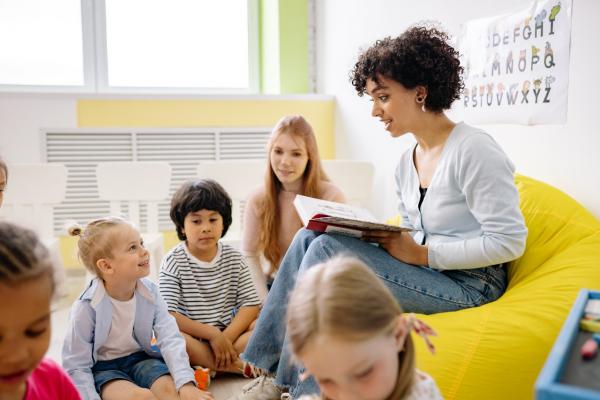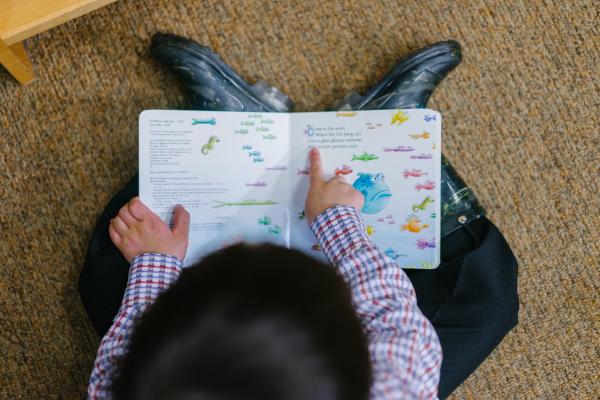How Does Reading Aloud Help Children Develop Literacy Skills?
“Reading aloud with children is known to be the single most important activity for building the knowledge and skills they will eventually require for learning to read.”
― Marilyn Jager Adams

Reading aloud to and with children has an enormously positive impact on every area of a child’s development.
Children are like sponges, absorbing the world around them.
By soaking up observations, interactions and experiences, they develop the essential skills and knowledge to build understanding and form their own opinions.
As teachers, we endeavour to create opportunities where this fascinating process can happen with ease – and few tasks will unlock more creative potential than the magic of reading aloud.
Why is reading aloud to children so beneficial?
When you read aloud to a child, they will…
- Hear confident and expert reading being modelled
- Acquire and develop their vocabulary through exposure to increasingly sophisticated language
- Make connections between the spoken and written word
- Enjoy a wide variety of language and stories
- Develop social and communication skills
- Develop confidence in themselves as readers.
Frequently reading aloud to children is fun, rewarding and has a significant impact on their language development – as well as their view of themselves as lifelong readers.

By doing the following, simple things on a regular basis, we can transform children’s understanding and enjoyment of language.
- Read to children every day.
By regularly introducing a range of different texts and genres, children can begin to form their own opinions of literature, including passions for their preferred topics.
Re-visiting favourite stories will bolster the enjoyment of reading, while building confidence beside a backdrop of known settings and vocabulary. Meanwhile, unfamiliar stories which model new and varied vocabulary will stretch their imagination and encourage questions and interaction.
- Read with expression.
While this may seem obvious, making a point of reading with expression can have a dramatic impact on children’s understanding of the written word and the meaning it conveys. It gives children access to - and experience of - a variety of emotions, which helps to bring a story alive and demonstrate the power of the written word.
- Allow children to read aloud with you.
This is particularly effective when children are familiar with a given text. As natural mimickers, they will soon choose to read a favourite story again and again, becoming quickly engrossed by the sound of its words, as well as the structure and flow of the story.
By reading along with you, children are equipped to practice language, make connections and develop interaction. With this confidence in place, even the youngest children will come to see themselves as readers, who find pleasure in creating their own stories and reading them aloud.
- Visualise stories.
Use words, pictures and symbols to create and retell stories which you can talk about and read out loud together.
This helps to reinforce that print has meaning, as well as building memory, understanding and sentence structure.
- Model being an author.
Invent new stories out loud, alongside the use of visual prompts (such as pictures, words and symbols). This helps children to experience the role of an author, including how language is put together, stories are developed and vocabulary choices made.
Children can join in by developing and editing the initial ideas, which in turn develops confidence in using language to create specific effects.

